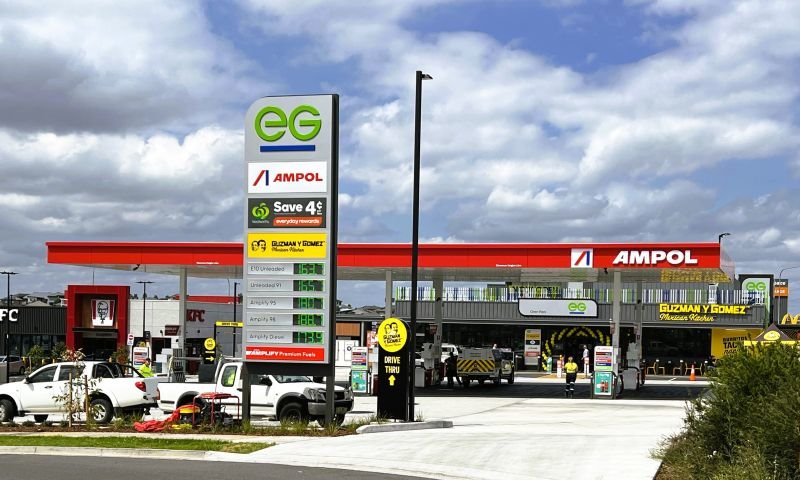
From global recessions to inflationary pressures, convenience retailing has consistently proven its ability to not only adapt but thrive. In a recent article in Convenience & Impulse Retailing, Jason Joukhador, GM Merchandise and Dealer Channel at Ampol, looks at how convenience retail in Australia continues to remain strong, adaptive, and responsive through uncertain times.
At its core, convenience retail is designed around the needs of the on-the-go consumer, with convenience playing a critical role in meeting daily missions of the growing millions of Australians every day. No matter the climate, the customer missions remain the same and the industry continues to level up what’s on offer.
To remain strong and responsive through not only the uncertain times but strengthen the position in the long term, here are three areas to reflect on.
1. Prioritise core essentials, emphasise value without sacrificing quality
When consumers are under financial pressure, their shopping behaviours shift. They become more value-conscious, prioritising essential purchases, may be less inclined to experiment with unfamiliar products without the right incentive. In such an environment, it’s critical for retailers and brands to focus on availability and consistency—ensuring shelves are well-stocked and the core product offering remains strong. This back-to-basics strategy not only meets immediate consumer needs but also helps reinforce trust and reliability in the brand. Promotions, multi-buy deals, and loyalty programs take on heightened importance as shoppers seek greater value for their money. However, these incentives should never come at the cost of quality. Even in tighter times, consumers still want to feel good about their purchases. Take coffee, for instance, for many, it’s a small daily ritual that provides comfort and consistency. In this context, quality continues to play a key role.
2. Drive productivity
In today’s rapidly evolving landscape, productivity should be a top priority for any organisation aiming to remain competitive and resilient. Enhancing productivity can take many forms—ranging from upgrading technology, implementing smarter inventory management systems to optimising labour and optimising operating expenses. The adoption of artificial intelligence (AI) also plays a pivotal role in today’s world, offering new ways to automate routine tasks, enhance decision-making, and unlock greater efficiencies across the board. By streamlining operations in these ways, businesses can drive sales, improve profitability and respond more quickly to market changes. Importantly, these productivity gains are not just short-term fixes—they lay the foundation for long-term performance and sustainability. Organisations should approach productivity as a continuous improvement journey, always looking for ways to refine and enhance.
3. Collaborate with supply partners
No business thrives in isolation. Success is increasingly built on strong cross-functional teams and strategic supplier partnerships. These relationships foster open communication, shared insights, and a deeper understanding of mutual goals. By aligning objectives across departments and with external partners, businesses can identify opportunities more quickly, respond to challenges more effectively, and innovate with greater speed and confidence. Close collaboration enhances agility and strengthens collective resilience, especially in dynamic or uncertain environments. Ultimately, working together delivers far more sustainable value than operating in silos—creating a network of support that drives long-term growth, profitability, and competitive advantage for all involved.
Original article Opinion: Convenience retail is adapting with agility - Convenience & Impulse Retailing